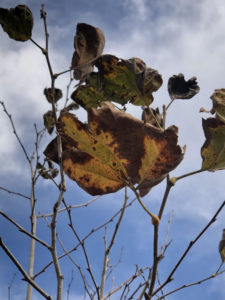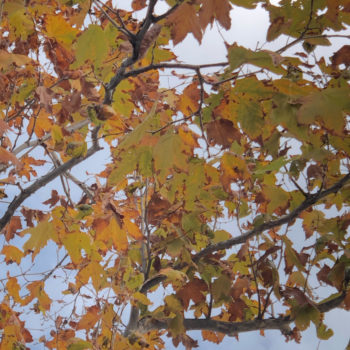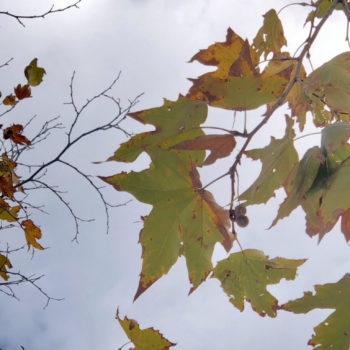We’re all familiar with the challenges of Southern California’s hot, dry summers, but fall rains bring their own set of problems. Namely, fungus.
Anthracnose is a disease caused by many different fungi that affects a variety of trees. The symptoms vary depending on the host but include dark spots or blotches on leaves, defoliation, and twig death. Two of the more commonly affected trees in our landscape are sycamore and elm.

 It isn’t possible to cure anthracnose but it is preventable if proper irrigation practices and appropriate
It isn’t possible to cure anthracnose but it is preventable if proper irrigation practices and appropriate
fungicide applications are followed. If your trees already have anthracnose, it may be possible to manage the disease and extend the life of your trees through a combination of plant health care and selective pruning.
If the disease is managed properly, the worst impact may be a slightly higher degree of defoliation than normal. If left untreated, however, anthracnose can completely defoliate and eventually kill even a mature tree. When weighing options for treating this kind of affliction, you must take multiple factors into account:
- what is the cost of necessary treatments to keep the tree looking healthy?
- what is the cost to remove the tree?
- what is the risk that the disease will (or has) spread to other trees on the property?
- how important is the aesthetic value of the affected trees? In other words, would a different type of landscaping or hardscaping serve the property better?
If you think you may have anthracnose on your property, talk to your arborist to develop a treatment program that works with your goals and budget.


